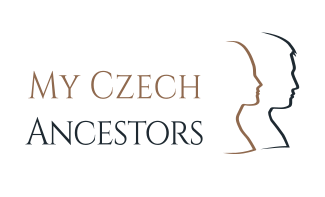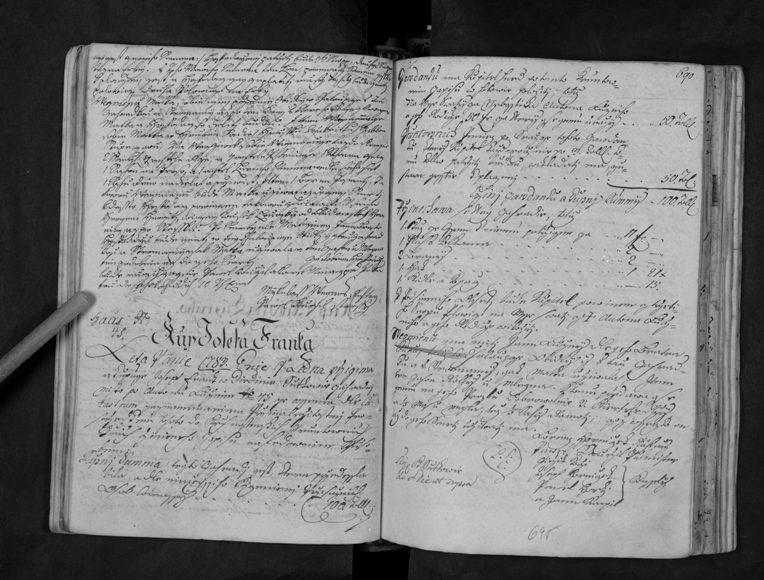When reading old vital records, you can find out what your ancestor did for a living and how their occupation or social status changed over the years. An occupation itself reveals a lot about the ancestor’s property regime they lived in. Houseless serfs and journeymen were usually the poor ones, farmers and inn owners were often much more well-off. If you’d like to know more about your Czech ancestors’ property, vital records won’t help you, you need to dig deeper and look to farm or land register books.
What are farm and land register books?
Farm and land register books were used to write down data about transfers and sales of land and immovable property as well as rights and duties connected to it. If your ancestors had a farm with land (der Grund in German), many details can be found about the farm in the books.
Between the 15th and the half of the 19th century, farm register books were kept. In these books, information about immovable property of the serfs was written down. Nobility was the sole owner of all the land at the time and our ancestors took care of farms without actually owning them. They could either hire the farm or formally buy it from the nobility, the latter case meant they could sell, trade or hand the farm over to their children. However, the nobility had to be informed about all the actions in advance and they had to allow them first. Nobility Office made all the records and kept the books.
When servitude was abolished in 1848, farm register books changed into land register books kept by district courts. When this happened, our ancestors became not only formal but also actual owners of their farms.
What can farm and land register books tell us?
Individual records are usually few pages long and full of abbreviations and words unknown today. The records can still give us interesting information, though. A name of the farm is a part of every record. A farm usually got its name after the original farmers and kept it even though a different family took over the farm. Who bought the farm from whom and in what year the farm was transferred is also written in the record.
The most common situation was that a farmer handed the farm over to his son and retired. However, if the ancestor wasn’t much of a farmer, the nobility could have replaced him with another farmer. If the ancestor died and left the property to his widow, her new partner could partly buy and get it through marriage.
A total price of the farm including its equipment is also stated in farm register books. We can also tell how big your ancestor’s land was. Usually, there are also details about the moveable property. A basic property were tools needed for farming – usually a plow, a carriage, a harrow and a scythe. Animals belonging to the farm were also mentioned in the books. The most common animals were cows, pigs and hens.
Where can we find farm and land register books?
You will learn more about where to look for farm and land register books in our next article.

